Climbing Mt. Kilimanjaro is an ultimate bucket list experience. As the tallest mountain in Africa and tallest freestanding mountain in the world, it stands proudly as one of the most imposing peaks to climb on earth.
More than that, though, Kilimanjaro is one of the most seemingly accessible of the Seven Summits. Many people claim the Kilimanjaro experience is basically a “walk in the park – just at elevation.” They say no one would be impressed at all with Kilimanjaro if it were not for the sheer difficulty and willpower it takes to hike at nearly 20,000 feet in altitude.
I do think the Kilimanjaro experience deserves a bit more credit than that – and it’s not just because I consider summiting it one of the hardest physical things I’ve done. While it’s true there’s nothing too technical about the hike unlike most of its other Seven Summit siblings, there are still plenty of challenges on Kilimanjaro. Most of them are mental or altitude-related.
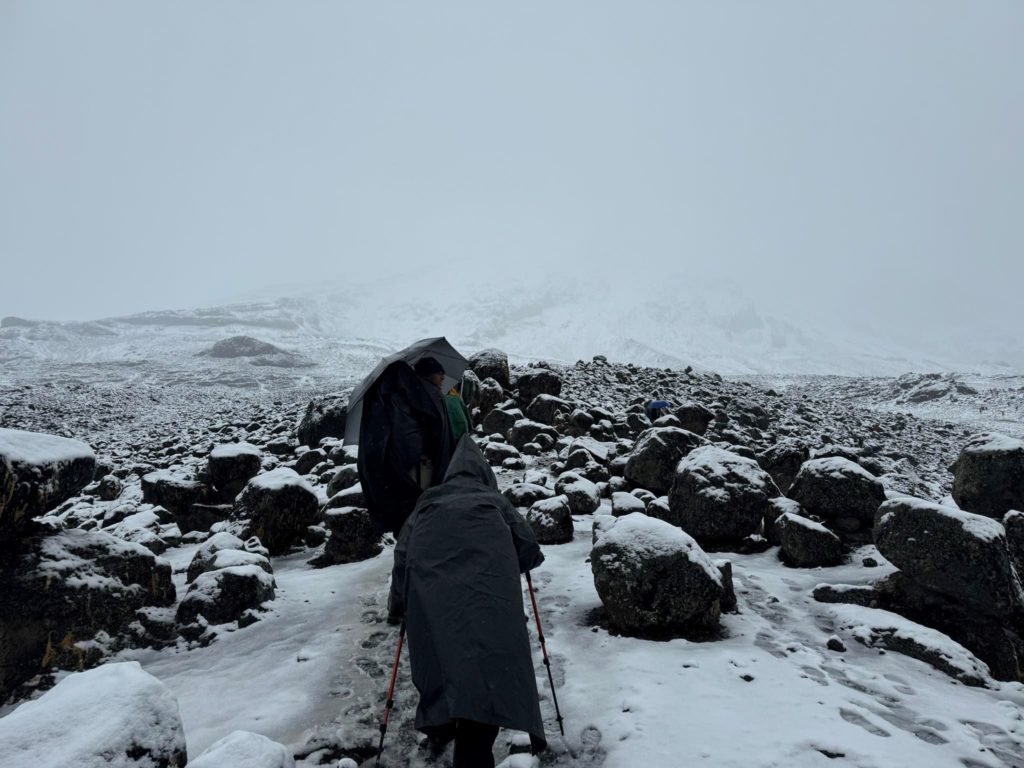
Before getting into the actual climbing Mt. Kilimanjaro experience, you might be wondering…
Why climb Mt. Kilimanjaro?
In September 2022, my partner and I had just finished trekking the Inca Trail to Machu Picchu. No lies, we both found the 3N/4D trek (with an extra day to hike Huayna Picchu) a breeze. We didn’t even notice the altitude once, even at the highest point on the Inca Trail at nearly 14,000 feet. The entire experience felt so easy and magical that we were soon discussing our first next bucket list trek.
While there are plenty of treks on my personal bucket list ranging from the W Trek in Patagonia to the Everest Three Passes trek in the Himalayas, one big trek kept coming up in our conversations: Mt. Kilimanjaro.
After plenty of contemplation and research, I booked an eight-day Lemosho trek with Gladys Adventures set for January 2024. I paid the deposit in December 2022.
That left just over a year to consume a ton of Kilimanjaro experience content and obsess over what the climb itself would really be like. Before paying the deposit for this trek, I never considered the idea that I might not make it to the summit. But after a year of listening to other people’s stories, I began to seriously question my capabilities.
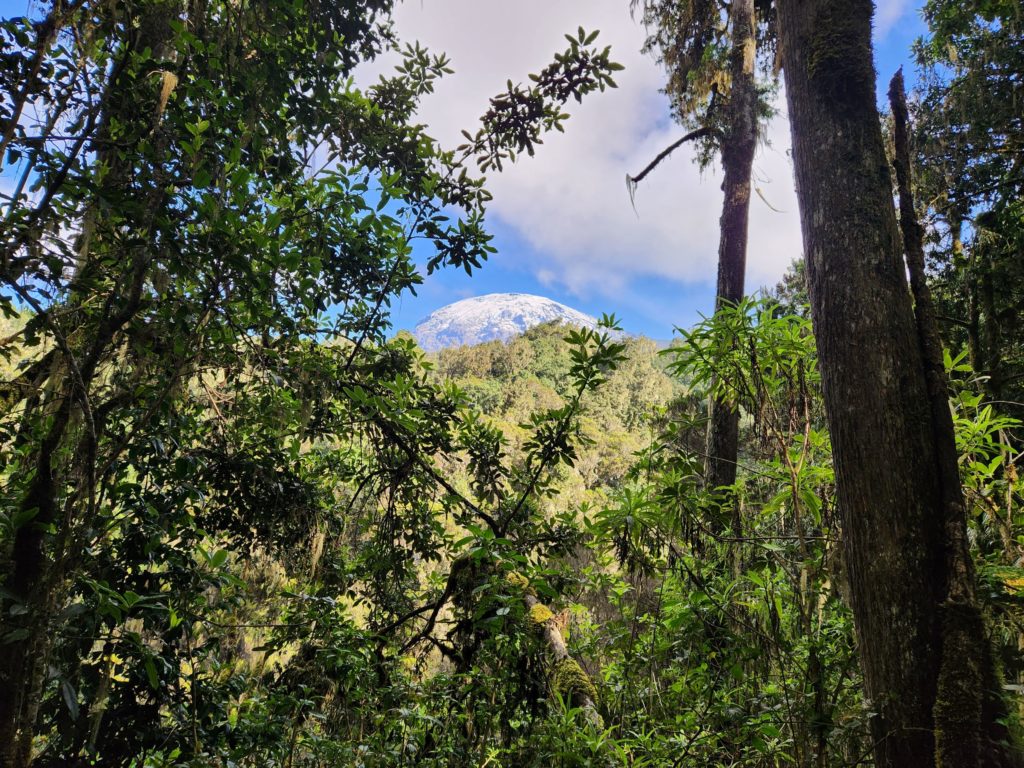
While I tried to tell myself to focus on what I could control and enjoy the journey rather than the destination, the truth was that the summit was always going to be on my mind.
But what was the actual experience of the climb? Let me tell you my story.
Arrival in Tanzania:
We arrived at the Kilimanjaro International Airport (JRO) after more than 24 hours of traveling, tired but glad to finally be there. Kilimanjaro Airport is a tiny airport where only one plane can land at one time, and you have to walk directly from the plane to the airport because they don’t have connecting gates.
We opted for a Visa on Arrival rather than purchasing in advance, and that did seem like the quicker option, though there was some confusion. As we approached the first customs official and passed our forms over, he looked at us and asked, “Safari?”
“Kilimanjaro,” I answered. He nodded as if to say he assumed it was one of the two.
The driver from Gladys met us just outside the airport. Our 45-minute drive to the hotel gave us plenty of time to chat about Tanzania and the Kilimanjaro experience. He shared some key pieces of wisdom we’d take with us on our trek.
- Listen to your guides. They know best.
- Don’t lie to your guides. Let them know if you have any pre-existing conditions they should know, and let them know if you’re experiencing any issues on your trek.
- Eat as much as you can at lower altitudes because it’s harder to eat at higher altitudes.
As we drove and chatted, I also enjoyed looking out the window to observe the town of Moshi, Tanzania.
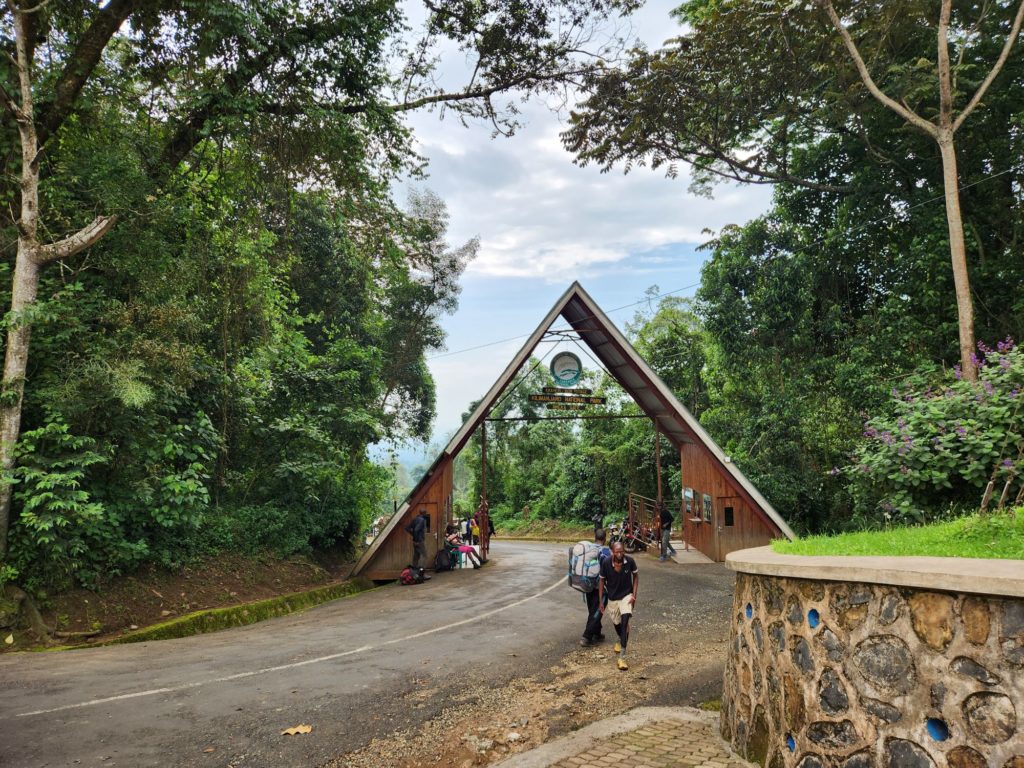
There were Maasai in their colorful traditional clothing walking down the side of the road, some looking after herds of goats and cows. Wooden roadside stalls selling mostly produce like fruits and sugar cane. Ceramic block shops with men sitting outside drinking tea. Women walking down the road carrying heavy baskets of fruit on their heads. Men on motorbikes just parked waiting in fields. And plenty of tuk tuks and motorbikes on the road, some decorated with famous American icons like Tupac.
It was definitely unlike any place I’d traveled before. The closest comparison felt like India, but even that was a stretch. When I visited South Africa in 2019, people repeatedly told me I wasn’t in “real Africa.” I wondered if Moshi, Tanzania was more along the lines of what they would consider “real.”
Before arriving at our hotel, the driver told us to expect our guides around 10 a.m. the next morning for an equipment check. We opted to start our trek two days after arrival instead of the day after like many people apparently do, in order to give ourselves some buffer time in case of any travel delays or mishaps.
Luckily, we didn’t experience any of those, but we were still glad to have a buffer day to relax, try to get over jet lag, and mentally prepare for the journey ahead.
Day 0: Equipment check and pre-climb briefing
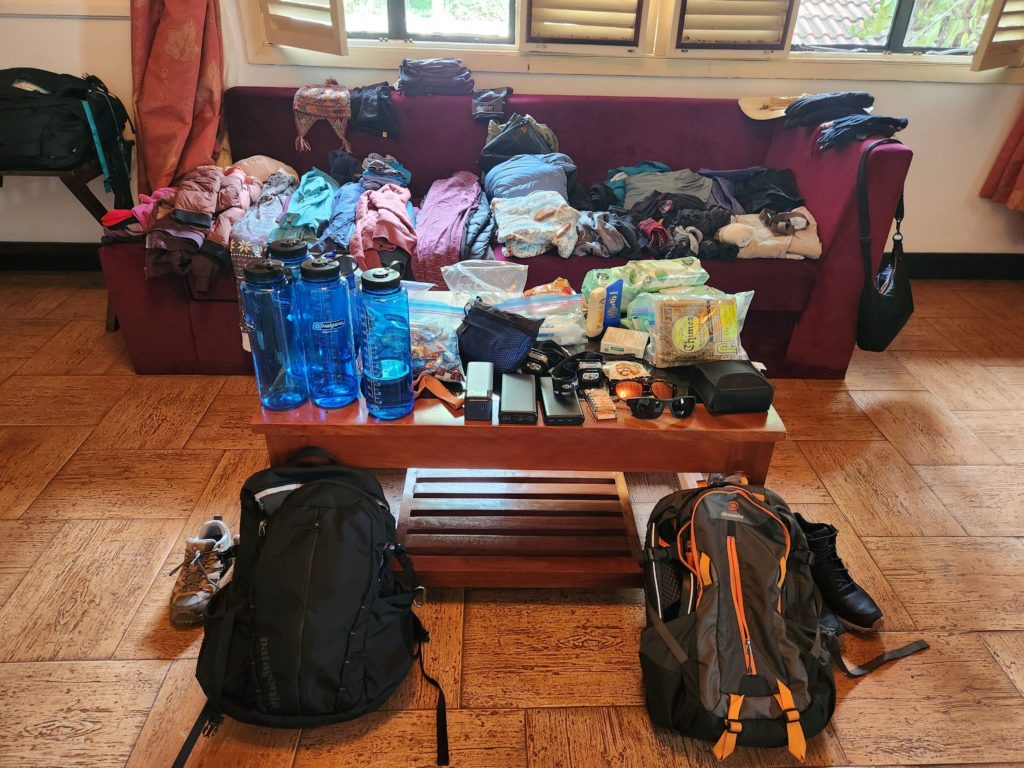
We awoke very early in the morning thanks to jet lag and went to the hotel’s included breakfast buffet as soon as it opened. After breakfast, we laid out all of our clothes on the couch in our hotel room for our equipment check, guessing the best way to sort them. Around 9:45, we got a call from reception that our guides, Deo and Adam, were in the lobby – they were early! Their promptness would be a recurring theme throughout our trek.
When I met them in the lobby, I asked if we were supposed to bring our equipment down to them, or if they were planning to come to our room. They said they would do whatever we wanted and were most comfortable with, so I led them to the room since we’d already laid out all our equipment there.
Deo was very thorough as he went through our equipment and asked us about each article of clothing and medication we had with us. He started from the top and asked us about our hats, then tops, then pants, then socks and shoes. Finally, our rain gear, snacks, water bottles and medication.
(Packing list will be shared in a later post if interested.)
After taking inventory, we still had a few pieces of equipment to rent to ensure a safe journey up the mountain. Luckily, our tour company had anything we might need to rent, so we set out to visit their office for additional equipment rental and briefing.
During the briefing, they told us about what we could expect over the next eight days.
I was nervous to hear that the weather was rainier than usual due to the El Nino phenomenon on the mountain. I’d booked a mid-January trek because it’s known as the “short dry” season, and is less crowded than the long dry season. Sadly, that didn’t seem to be the case.
That night, I doom-scrolled through the r/Kilimanjaro subreddit to read about weather horror stories on the mountain. One recent story from just a few days prior properly scared me as it detailed how they saw only 10 hours of sun their entire eight-day trek.
Possibly not the best thing to do when trying to rest up before a big adventure. I did try to properly appreciate the last night I’d sleep in a bed for next eight days.
In the morning, we enjoyed our last shower, knowing we wouldn’t enjoy another for over a week.
Day 1: Easing in to the Kilimanjaro experience
Deo and Adam met us at the hotel the first morning of our trek. We drove five minutes to the Gladys Adventure office where we met up with the porters, picked up some extra rain gear and were on the way to the mountain.
Well, almost.
We drove a couple of hours then made a pit stop for the crew to eat breakfast. We’d filled up on the hotel’s included breakfast buffet and didn’t need anything to eat. Instead, we spent some time wandering around the area.
One man approached us and asked if we were going to the mountain today.
When we responded yes, he replied with a smile, “You go pole-pole today.”
We grinned and agreed.
Soon, everyone piled back into the van and we continued on to the mountain. About two more hours later, we were finally at our starting point, the Londorossi Park Gate. It wasn’t quite time to start trekking yet as we still had to fill out paperwork, eat lunch and apply sunscreen.
Around 1 p.m., it was finally time to take the first official steps climbing Mt. Kilimanjaro. And we started with a bang.
The first day was entirely in the mountain forest. We were told we might see monkeys if we were really lucky. Right after posing for our inaugural photo at the Londorossi Gate sign, we heard the tree branches rustling. It was a bit too loud to be the wind. We looked up and saw our first colobus monkey – a black and white monkey with an elegant mane of hair and no opposable thumbs. We watched it scuttle through the treetops for a minute until it disappeared. After this, we became “Team Mbega” – the Swahili word for the colobus monkey.
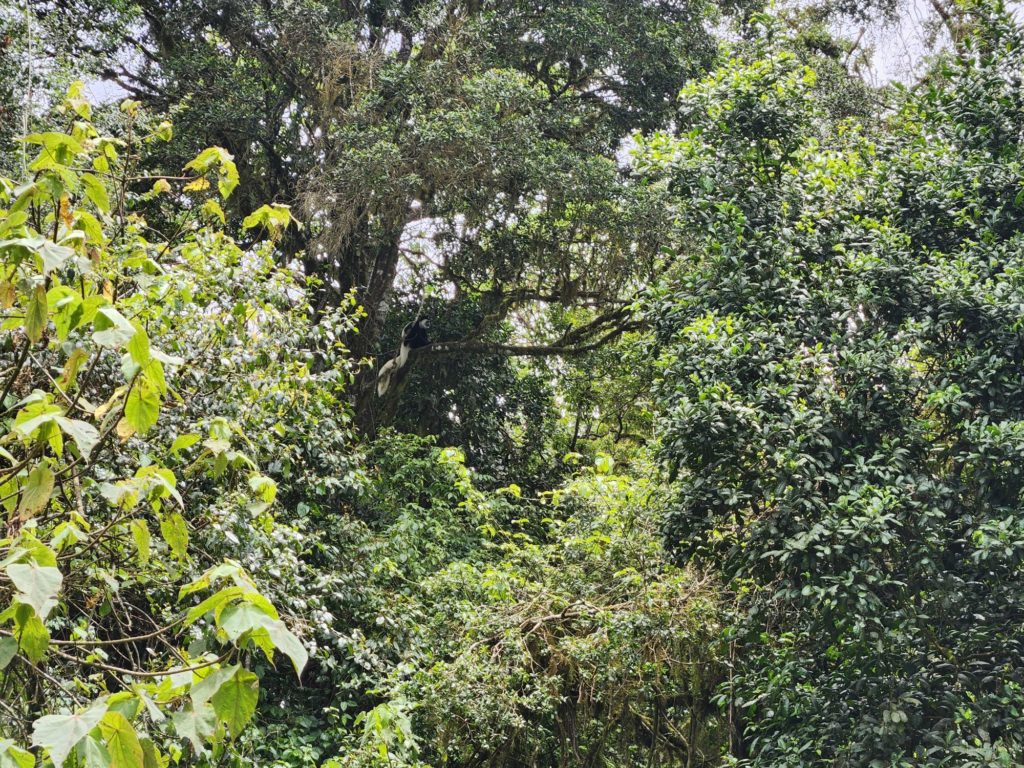
Aside from the monkey excitement, our first day of trekking was relatively uneventful.
Our guides pointed out jungle flora and plants to keep watching as they would change the higher we climbed up the mountain. There wasn’t much in the way of views because we were very much in the thick of the jungle rainforest.
We passed the time chatting with one another and learning some Swahili words and phrases we would practice throughout our trek. They promised to make us fluent Swahili speakers by the end of the trek (spoiler: they did not succeed).
Against all odds (that I’d read about the night before), the weather held up the entirety of the first day until we arrived at Big Tree Camp.
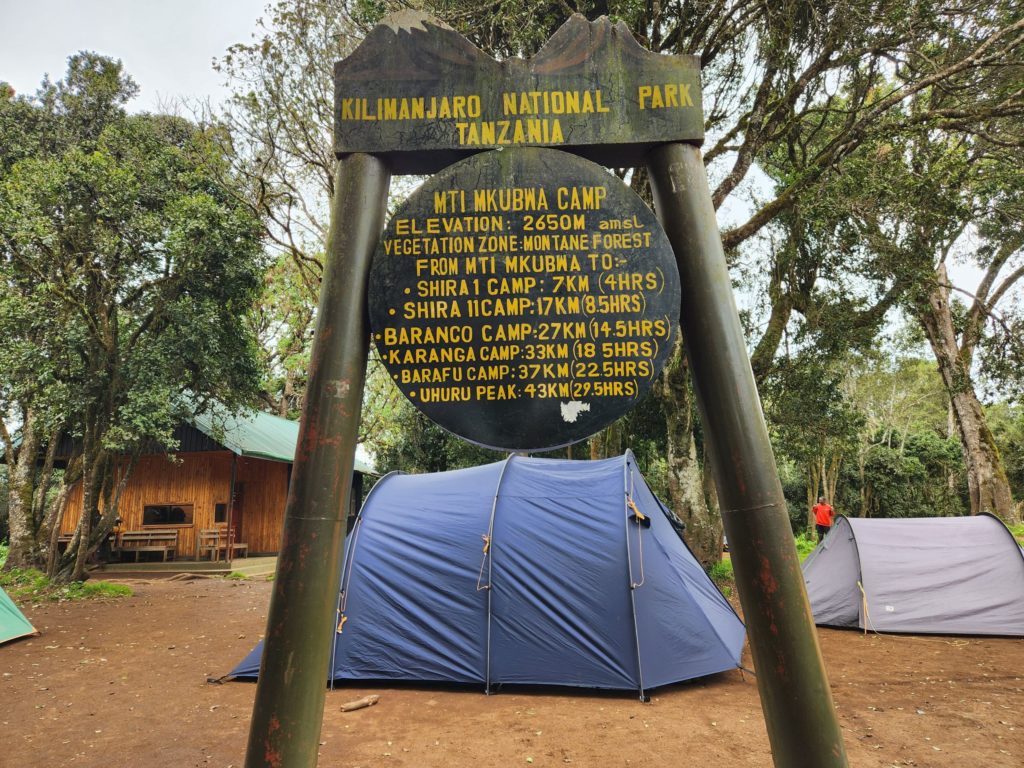
We washed up, then enjoyed some popcorn and tea in the mess tent. We had our first health metric reading where we learned we were doing well with pulse and oxygen.
Honestly, I breathed a sigh of relief when we were deemed healthy after our first health check. I felt okay, but it’s always a little nerve wracking to be monitored like that. As I age, the more frequently I fear my body betraying me.
We ate some delicious fried tilapia for dinner then turned in early, eagerly anticipating our first full day of trekking.
Day 2: The First Real Day
Not only was day #2 our first full day of trekking on the mountain, it was also the first day we would encounter bad weather. I knew it was coming as soon as my partner remarked in the morning that the weather was still looking clear and all my worrying about rain was for nothing.
That’s right, he jinxed it.
It really didn’t look like rain was anywhere near the forecast, though, as we emerged from our tents that morning. While brushing our teeth, we even had another stroke of luck – a blue monkey running through the tree tops and across the roof of the ranger hut. We couldn’t believe we got to see both types of monkeys while still in the mountain rainforest!
After breakfast and another health check, we set out for the five-mile (8 km) hike for the day. When trekking Kilimanjaro, you are repeatedly encouraged to go “pole pole,” which means “slowly” in Swahili. Today was the first day my patience with pole pole would be put to the test.
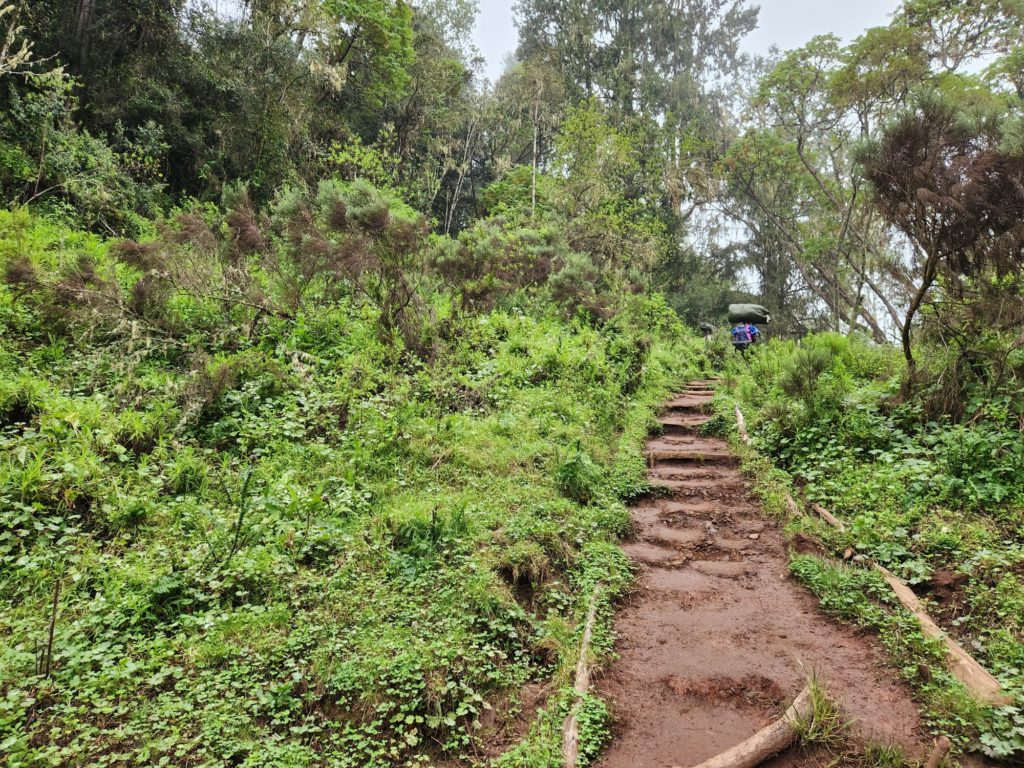
When I hike uphill, I typically like to go at a pretty decent clip. I’m much better at hiking uphill than downhill. Day 2 was a lot of both uphill and downhill despite being only 850 meters of total elevation for the day.
Regardless, I was enjoying the uphill portions quite a bit, especially because the weather was still very much on our side.
However, it slowly started to sprinkle.
Then, the rain started coming down a little bit harder. Soon enough, it was a real rain, and our guides had us stop to put on our rain gear.
Unfortunately, this downpour also coincided with our first major downhill sections. Not only were these sections long, but they were also steep. And the rain made the rocks slick and muddy – not ideal for anyone who is already apprehensive about hiking downhill like me.
This was the first of many times I’d hear Deo encouraging me to “Trust your boot.” I’d inform him, it’s not my boot I mistrust, but my own body and balance.
As the rain continued to fall, and the path continued to muddy, I tried to keep my spirits up but started feeling a little disheartened. After my doom scrolling two nights prior, I worried whether this rain would let up or plague us for the rest of the trek.
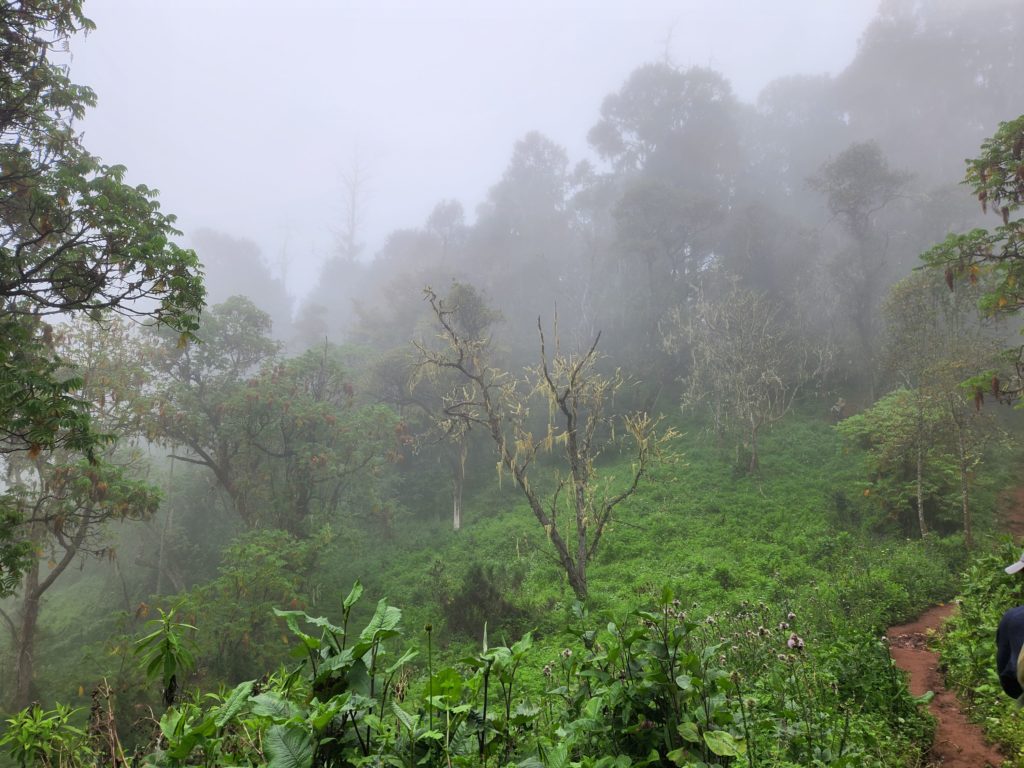
Despite my efforts to stay internally positive, the phrase “this is a slog” started going through my head. While I’d tried to tell myself before the trek that the journey was more important than the destination, and that I needed to be prepared to deal with anything the mountain would throw at me, the reality was that I was a bit disappointed at the prospect of trudging through just rain and mud for the next seven days. I’d chosen the Lemosho route partially because it’s known for having some of the best views, and I was really looking forward to those views.
The rain did indeed let up. It really didn’t take too long in reality. I was maybe being slightly dramatic.
As we shed our rain gear and climbed uphill, I found even greater appreciation in watching the jungle terrain turn into the plateau and spied some of the plants our guides pointed out the day before.
Soon enough, we were blessed with some of the views I’d been promised when researching this route. We reached a point that rewarded us a view of Mount Meru and Tanzania stretching out for miles in front of us.
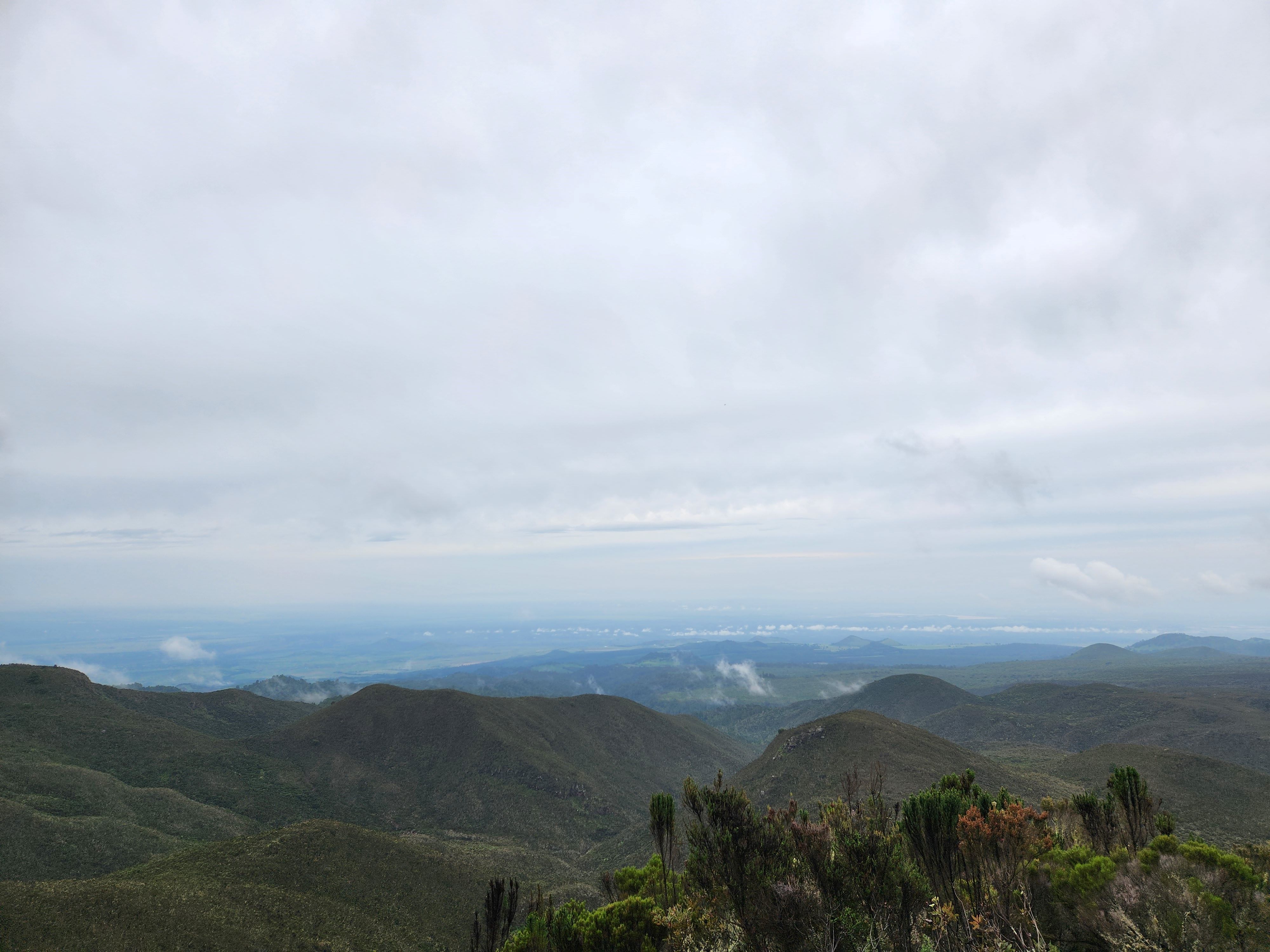
As we approached camp, we were greeted with another incredible view as we admired our first glimpse of Kili’s peak. We couldn’t quite see the summit because of the clouds, but the mountain stood in front of us in all her intimidating glory.
We spent some time enjoying the camp views before it was time for popcorn, dinner and the next day’s briefing.
Day 3: The Chaotic Weather Day
Day 3 of our trek dawned bright and early with clear skies and somewhat warm weather. I felt so lucky for the beautiful weather, especially with what we experienced the day before.
Excited for the day ahead, we eagerly got ready. On an eight-day Lemosho trek, day three is considered a “rest” day because you only trek for about three miles. This rest day gives you an opportunity to relax and recharge before the challenging day four trek up to Lava Tower.
We had a view of most of the peak of Kili for the entire day. Our trail made it look like we were walking directly to the peak, and the clear blue skies afforded an excellent view. I spent a lot of the trek contemplating the challenge ahead as the peak loomed in the far distance, still shrouded in clouds.

One circular cloud looked particularly ominous.
But there was no sign of an imminent storm, so we trekked on in high spirits, shedding layers. I found myself in just a tank top and enjoying the warm sun on my skin. We chatted a bit about what to expect at later camps, and when we would start experiencing snow and ice. Deo said you typically wouldn’t see ice until the last camp, if at all. He would be wrong.
We signed into camp at the ranger hut and found our campsite, far from other campers for some peace and quiet. I found a flat piece of land not yet covered by tents to do some stretching, then sat enjoying the weather.
Our guides encouraged us to go rest for a bit in our tents.
We would later go on a short hike if we were feeling up to it, they promised.
Resting sounded good to me because I felt a terrible headache coming on rather suddenly. I wondered if it had something to do with the rapidly graying skies, in combination with the altitude.
Mere minutes after zipping up our tent, it started not raining, but hailing – hard. It hailed more than I had ever seen in my life. It started with tiny flecks of ice that soon progressed into balls. I laid in my sleeping bag, listening to the ice hit our tent, and in complete agony as the pressure from the aching that pounded throughout my head.
After what felt like a decade but was really like two hours max, the hail stopped, and the skies cleared. And with it, so did my headache. I was filled with so much cautious relief that only those who suffer from bad headaches will understand.
We emerged from our tent and had some tea to warm up. There was so much ice covering the ground, it would have looked like snow from far away.
Because of the drastic weather change, the plans for our afternoon hike had been canceled. But now that it had cleared up, we decided we did want to walk around a bit and explore the camp. We observed some other campsites and spotted some birds trying to nose their way through them.
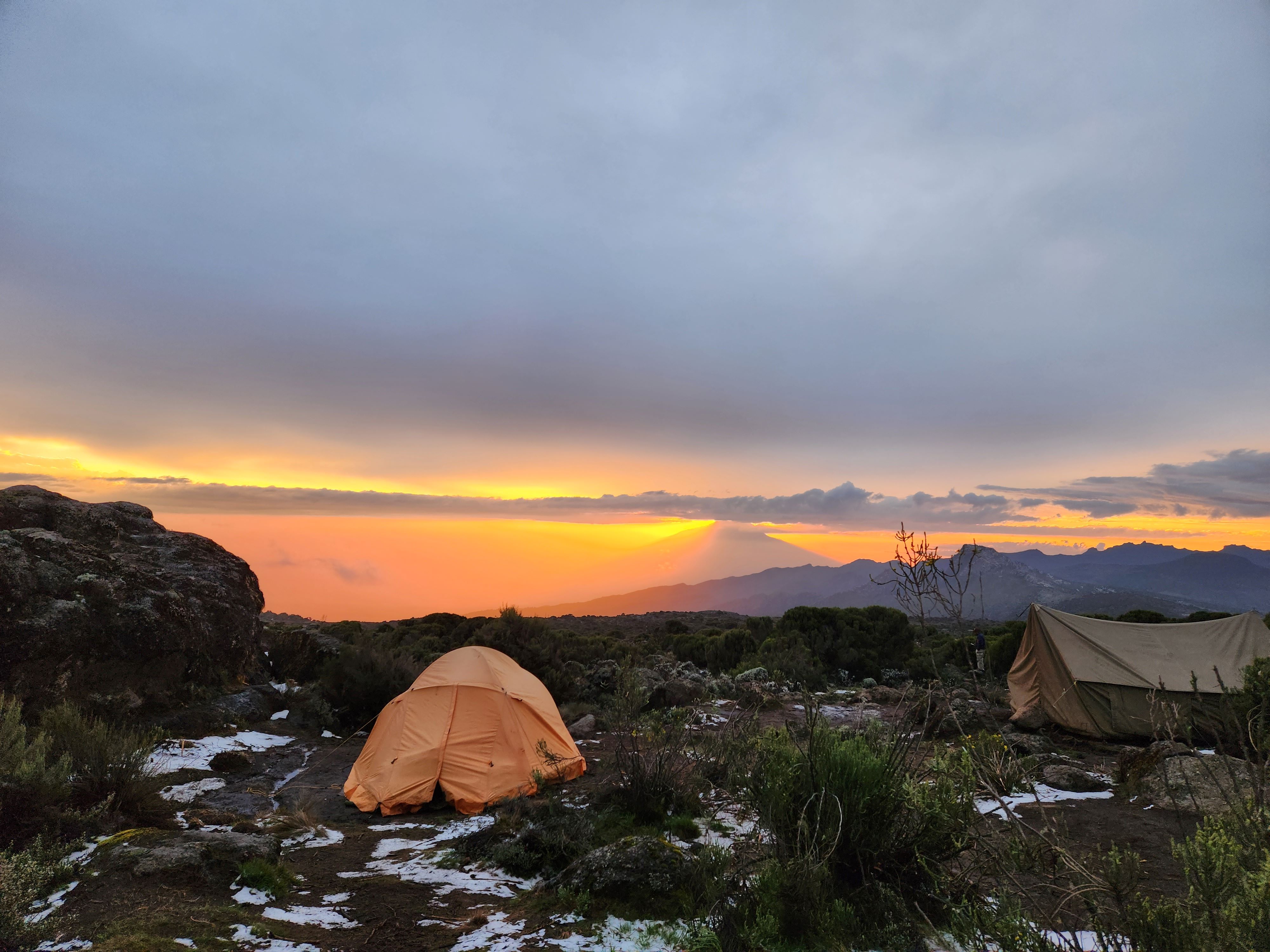
When we returned for dinner, we realized another company had set up their camp right next to ours.
Later that night, I was awoken by some talking rather loudly amongst themselves in their tents.
I hadn’t even thought to pack earplugs, so I laid awake listening to their yammering and trying to fall back asleep. Soon I started seriously contemplating going to their tents to ask them to keep it down.
I stepped outside the tent, fully prepared for a confrontation. Then, I looked up and saw the endless blanket of stars dotting the night sky, and the snow-covered Kili peak glittering in the moonlight. The stillness was beautiful, and the immensity of the scene before me nearly drowned out the chatty campers a few feet away. I took some deep breaths, focused on feeling appreciation for the overall experience, and went back into my tent.
The campers eventually quieted.
Day 4: The Challenge Day
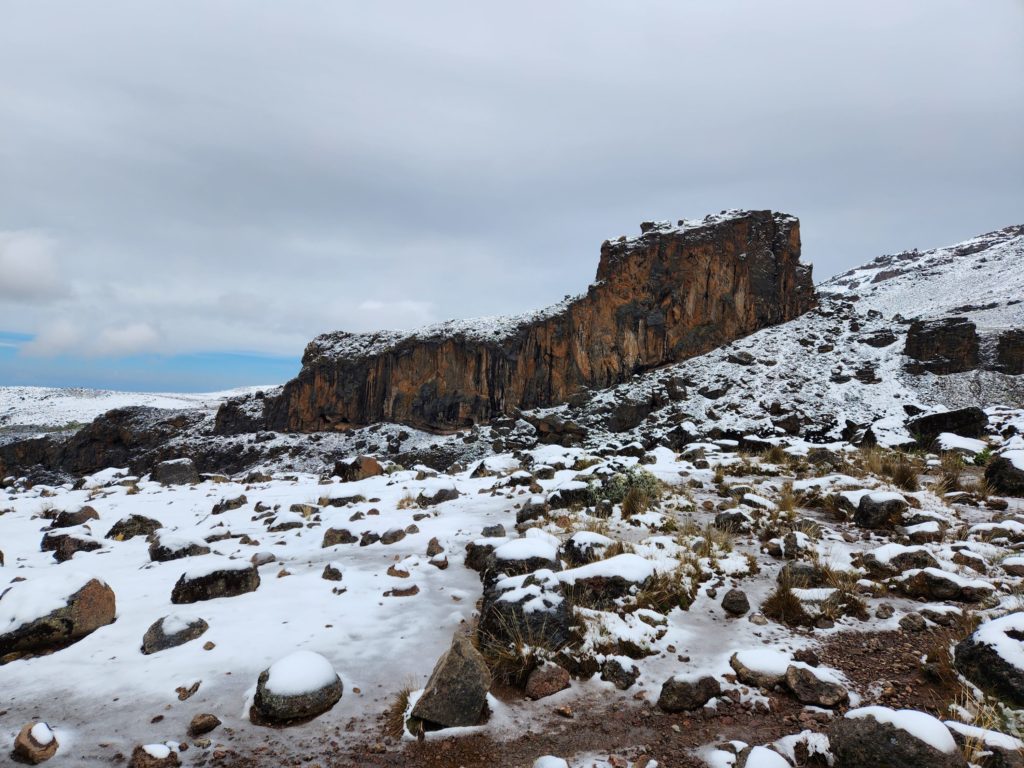
On day four, we awoke to the now all-too-familiar pitter patter of rain drops on our tent. Disappointing after the clear night from before.
During our briefing the previous evening, we were told we’d be leaving a bit early to try to outpace any bad weather. Day four was the most challenging day of the trek other than summit day, as we were climbing high up to Lava Tower and sleeping low. It would be a six-hour day with the most altitude either my partner or I had ever experienced. Previously, I’d asked our guides if there was a day that was raised their confidence that trekkers would successfully summit. They answered day four.
The raindrops on the tent made it clear our plans to outrun the weather had been thwarted.
Kili – 1, us – 0.
Still, we got ready and tried to put on our most positive attitudes along with our rain gear, hoping the rain would soon abate. At least we were starting out in all our rain gear rather than having to stop and put everything on mid-hike. That was sort of a silver lining, right?
We started on our trek. The four of us marched up and up, watching the plateau transition into alpine desert. At one point, we spotted a dik-dik – a tiny antelope species – taking shelter from the rain under a large rock. We joked that we were getting a 2-in-1 safari experience, a great bang for our buck.
As the terrain changed, so did the weather, with the rain turning into snow. We were not expecting to see snow until summit day, so this was definitely a surprise. Although the weather just kept getting colder, and the path icier and more slippery, it was still a nice break from the rain.
The snow also transformed the landscape into a gorgeous winter wonderland.
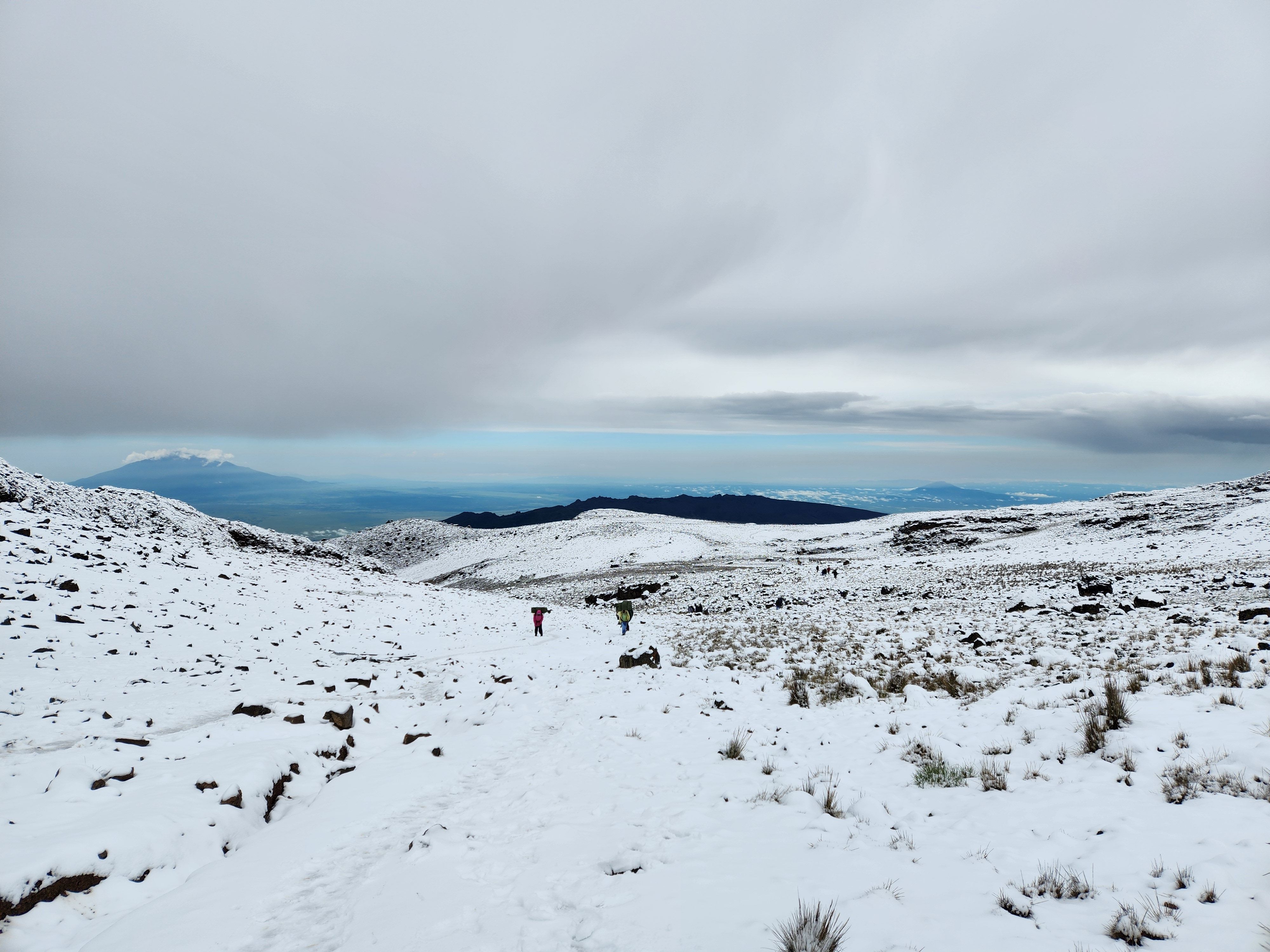
I tried to take moments to take in my surroundings and appreciate the blanketed valley below. Though there were also times when I had to turn my brain off by playing the RENT soundtrack in my head.
Finally, Lava Tower came into view. Lava Tower is a giant rock formation thought to be the result of a volcanic vent on the mountain. It used to be climbable, but became too precarious over time.
It’s an important milestone on most Kilimanjaro routes. Sitting at over 15,000 feet, climbing up to Lava Tower then down camp at a lower altitude helps your body acclimatize and prepare to climb even higher on later days.
I was so ecstatic when we reached the base of Lava Tower. The world seemed brighter and the landscape even prettier than before, even though it was still snowing. I took one of the most scenic bathroom breaks behind a large boulder that had been blocking the view of an expansive valley below.
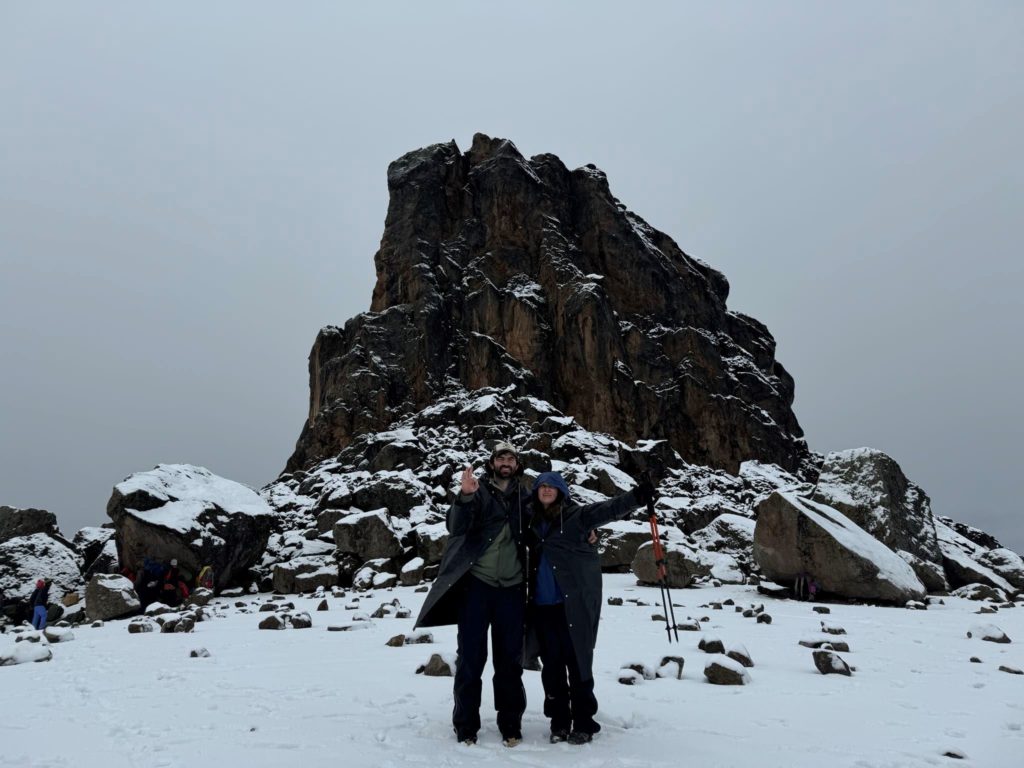
As the adrenaline started to subside, I realized I was actually hungry – a good sign at high altitude. We took a snack and water break as I was filled with gratitude for what I’d just accomplished, and we were only halfway through the trek.
However, as I finished my snacks, I started becoming aware of just how cold my toes were. I’d have worn warmer socks if I’d known we’d be trekking through the snow.
Fortunately, it was time to start trekking down, and we were going to lose altitude very quickly. See, we were climbing down a waterfall. Typically, this waterfall would be more dry in January, but the unseasonably wet weather meant that water was actively trickling down these rocks, and the ice caused some slippery patches.
I didn’t even know that climbing down an active waterfall was one of my top fears until this moment. Probably because I never thought it was one I’d actually face.
I breathed another sigh of relief as I stepped on dry land, meaning we’d made it down safely. The next part of the trail was a scenic lap around the mountain with clear views of the sprawling valley and towns of Arusha and Moshi. Luckily, the weather had cleared up by this point, giving us sweeping views. We even had to break out our sunglasses!
The gradual descent down to camp soon turned into a steeper descent, and the views of the valley transitioned to rocks, streams and the odd tree. As the trail went further down, so did my spirits. Have I mentioned I’m much worse at hiking downhill than up? As much as I was looking forward to being at a lower altitude, the continuous climb down began to wear on me. Plus, my headache was quickly returning, which definitely colored my mood.
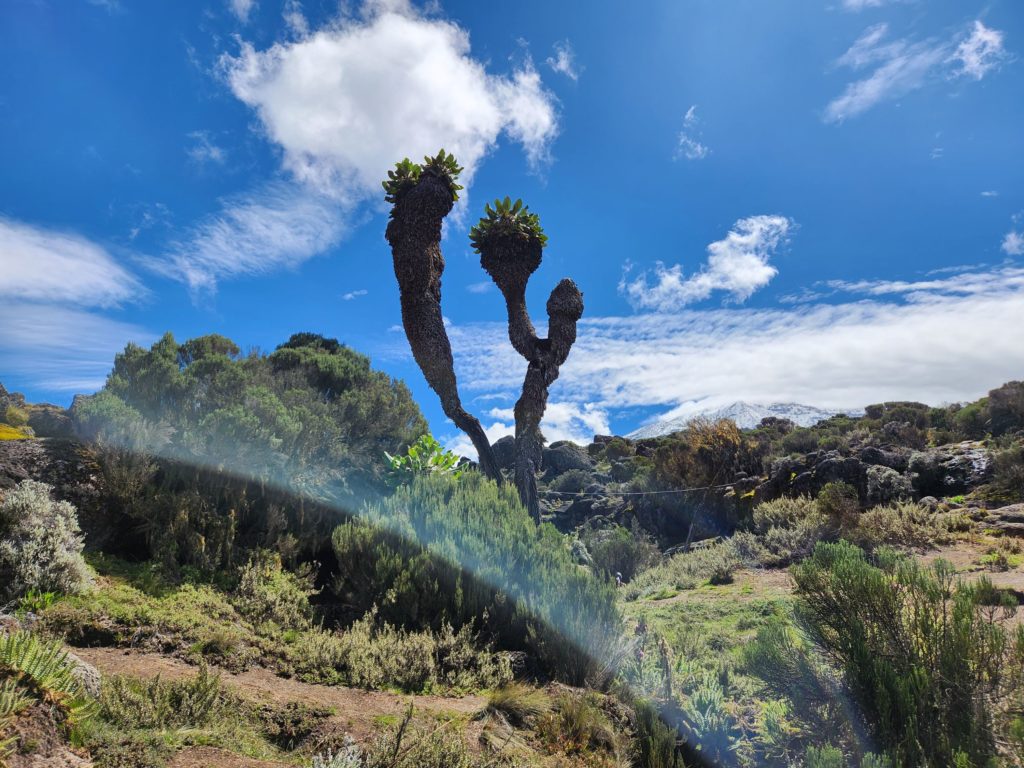
Needless to say, I was the happiest I’d been up to that point to see camp. Our porters greeted us a few meters away from camp to relieve us of our backpack and walk us to our campsite for the night. This campsite was more isolated from other campers after the experience of the chatty Cathies the previous night.
We settled into camp, happy that we’d conquered the most challenging non-summit day, and feeling more confident than ever that we’d successfully summit. That night was the best sleep I’d had on the trail up to that point, and I woke up refreshed and ready to climb the Barranco Wall.
The next two days would be two of my favorites of the Kilimanjaro experience. But I had no idea what was coming for me on summit day.
Look out for Part II to read about how it went!
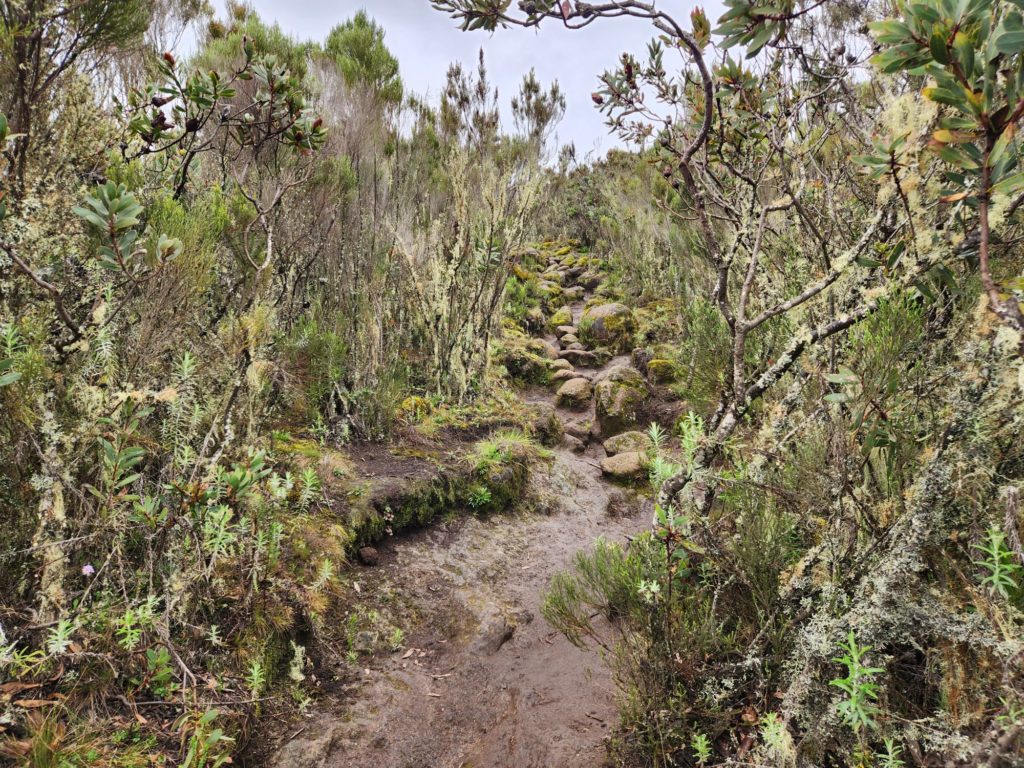

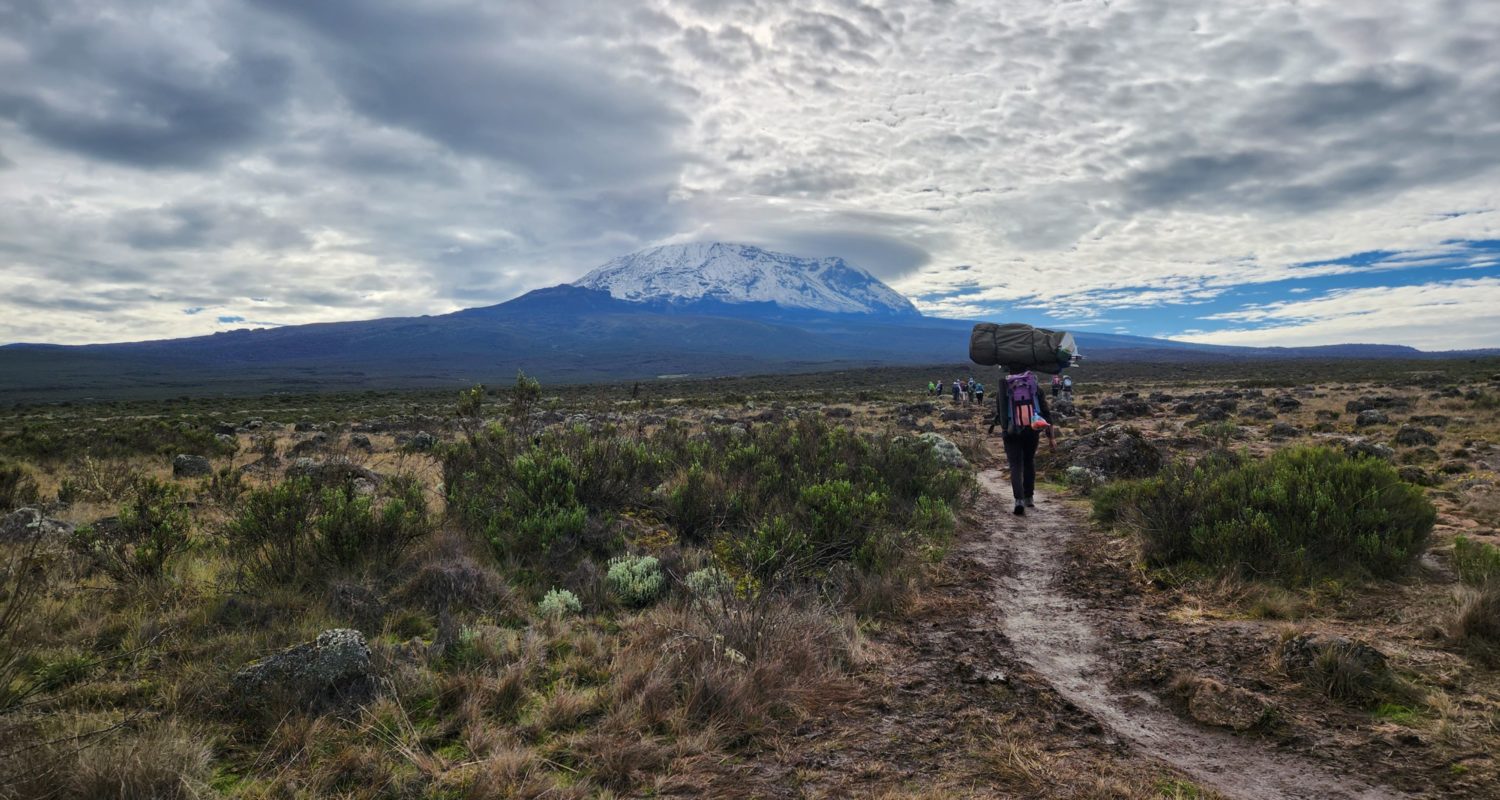
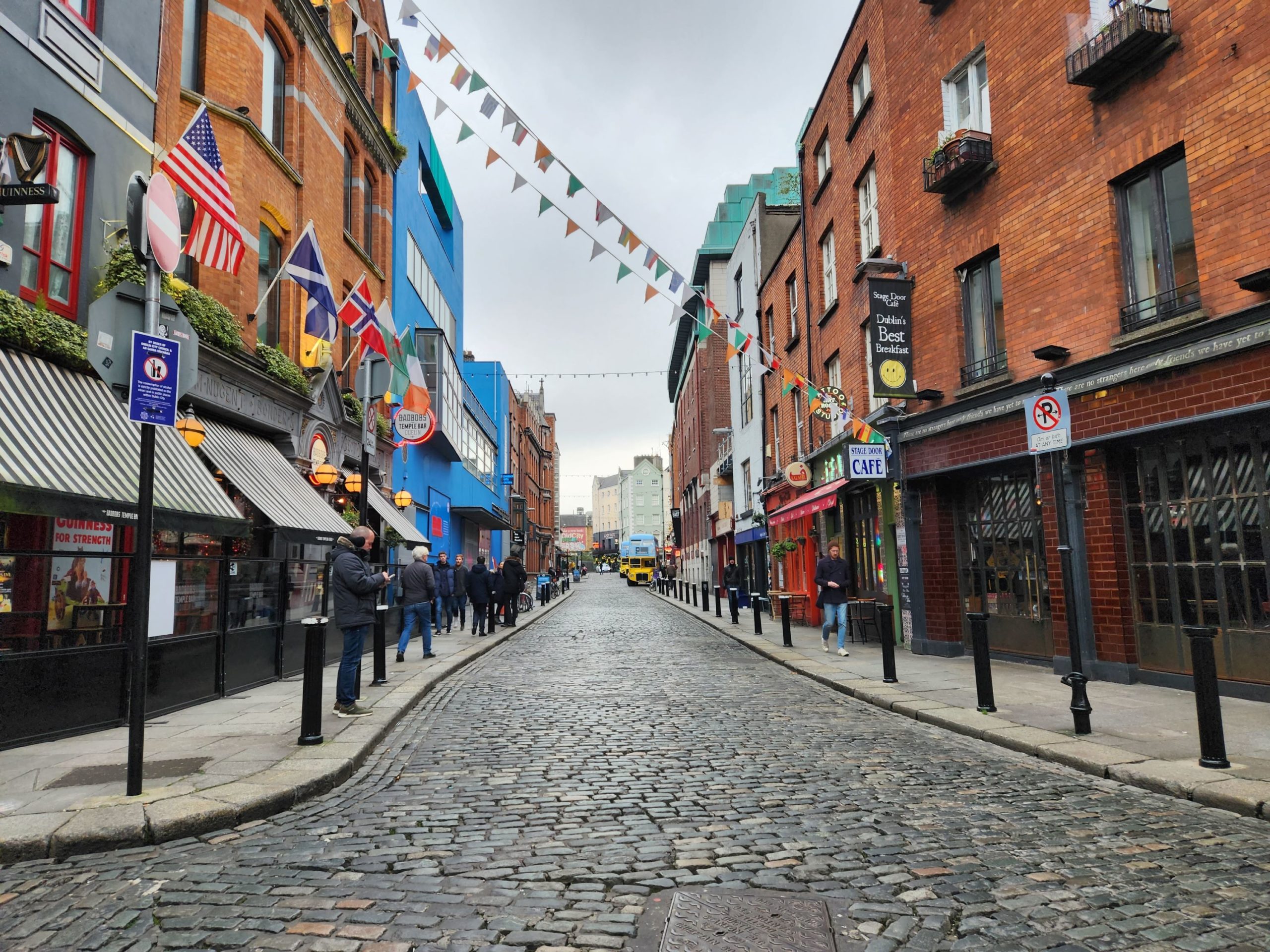
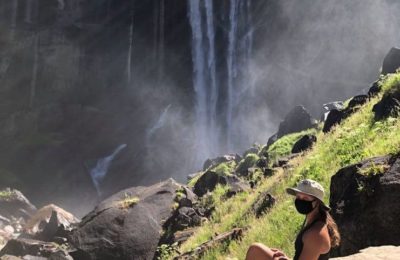
4 thoughts on “What is the Real Kilimanjaro Experience? Days 1-4”